Wood is one of the most commonly used materials in construction. It is versatile, durable, sustainable, and can look very attractive used as a structural material as well as furniture. But despite wood being such a prominent material in construction for as long as the craft has been around, there is still the problem of wood rotting, which is impossible to prevent entirely, but there are some steps you can take which will slow down the process significantly.
As a homeowner, even if you’re not much of a carpenter, it’s still very important to know the techniques of wood rot treatment and ways to prevent the wood from rotting in the first place. Knowing these techniques not only helps homeowners keep their house’s structural integrity in check, but it’s a great way to save money and a lot of energy that would go into replacing rotted wood foundations in their homes.
How to Stop Timber Rot
Not having any wood rot in your home is not yet a cause for celebration. Sure, your home is fine at the moment, but you may expect to find rotten boards, dry rot fungus, and other kinds of damage at some point in the future. So, before you get comfortable, you should find ways to prevent wood rot in the first place.
Here are just a few techniques that homeowners across the country use to prevent rotting and increase the longevity of their wood. While you don’t have to make use of each and every technique listed here, the more of them you try, the more likely you are to prevent wood rot and other kinds of damage.
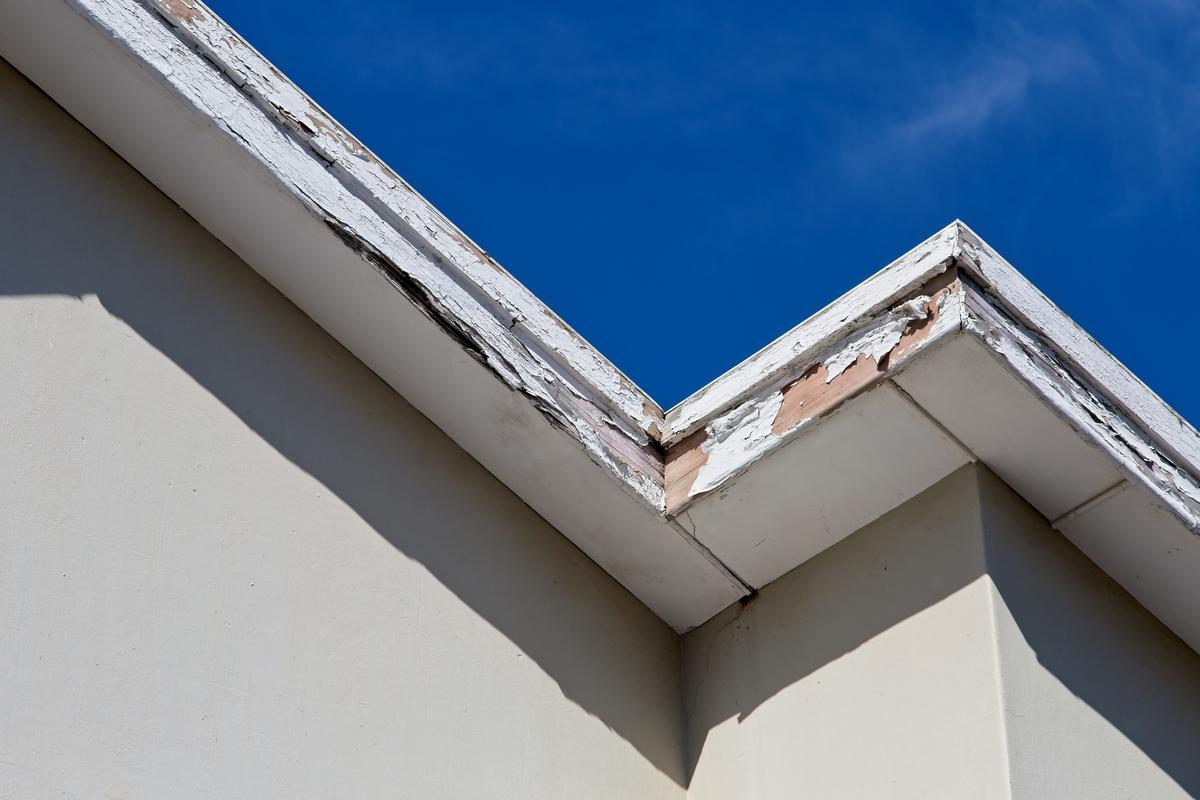
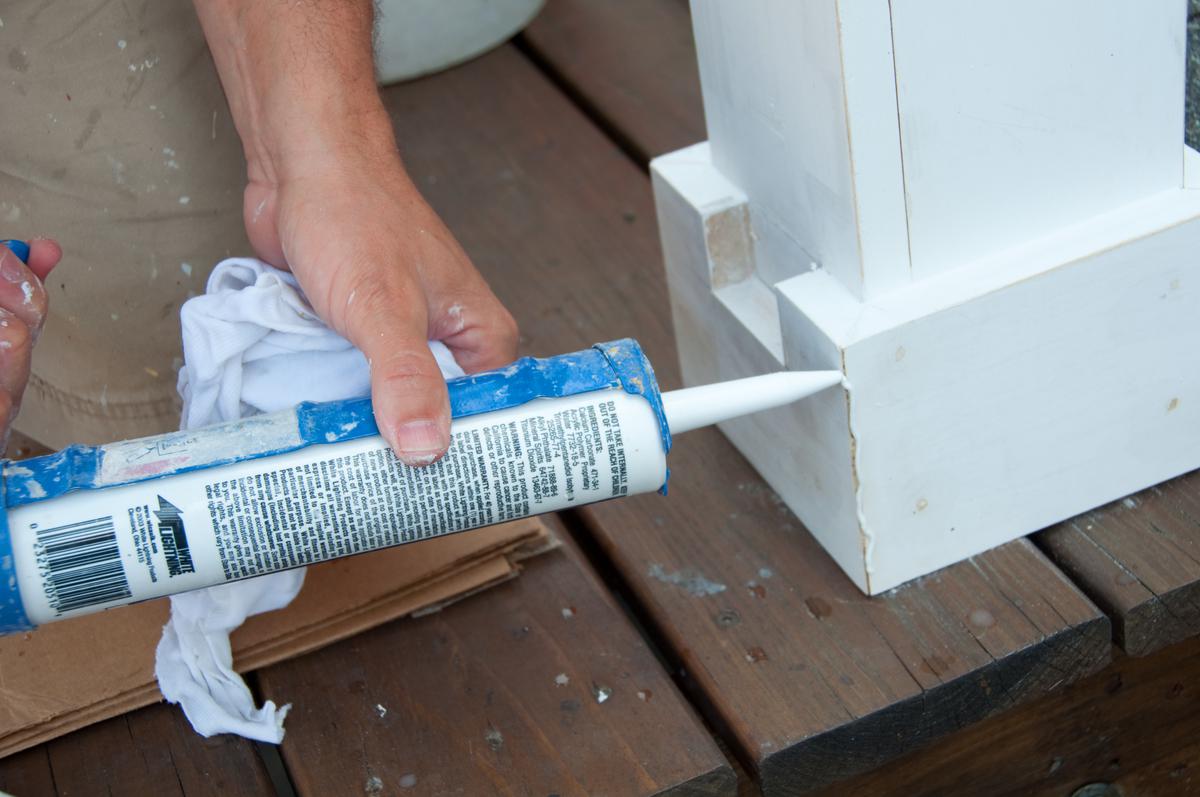
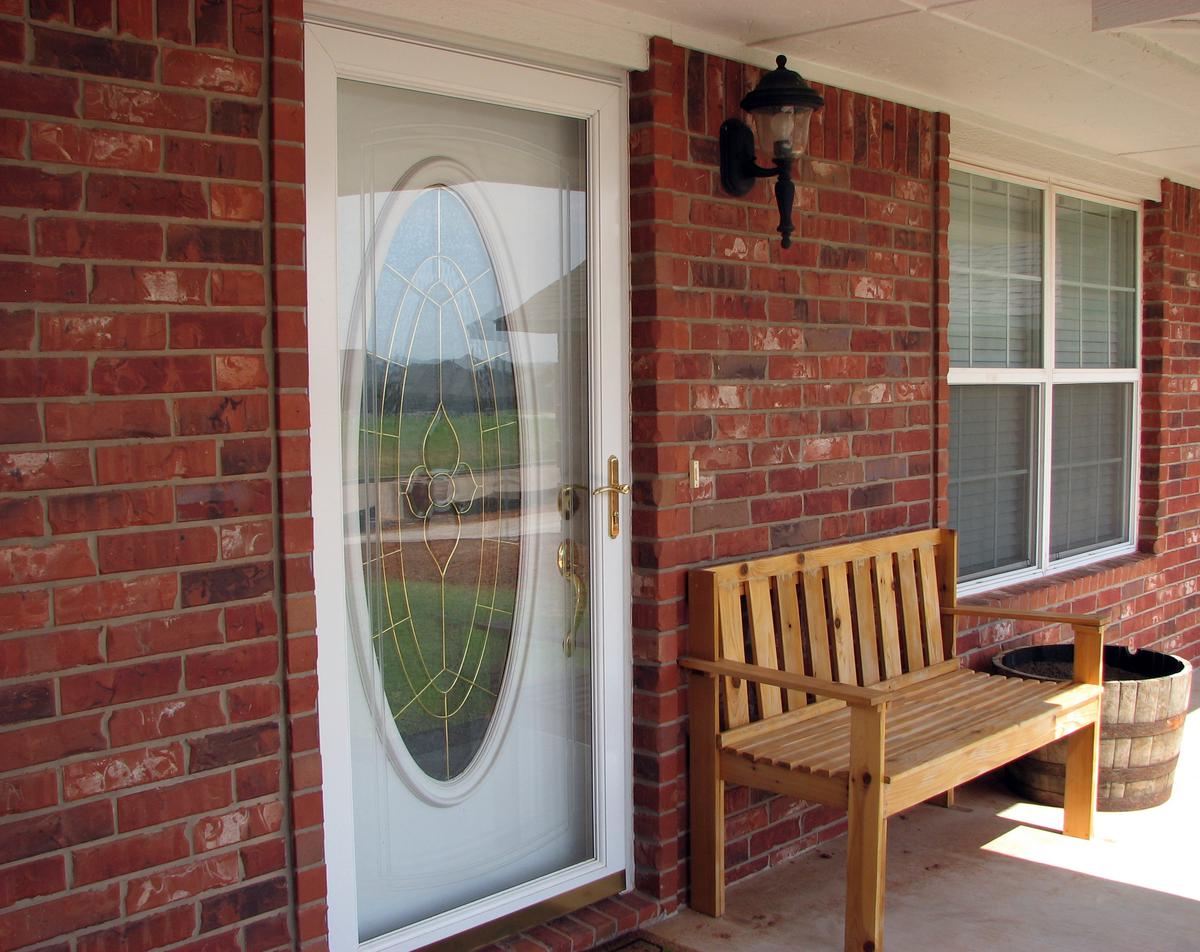
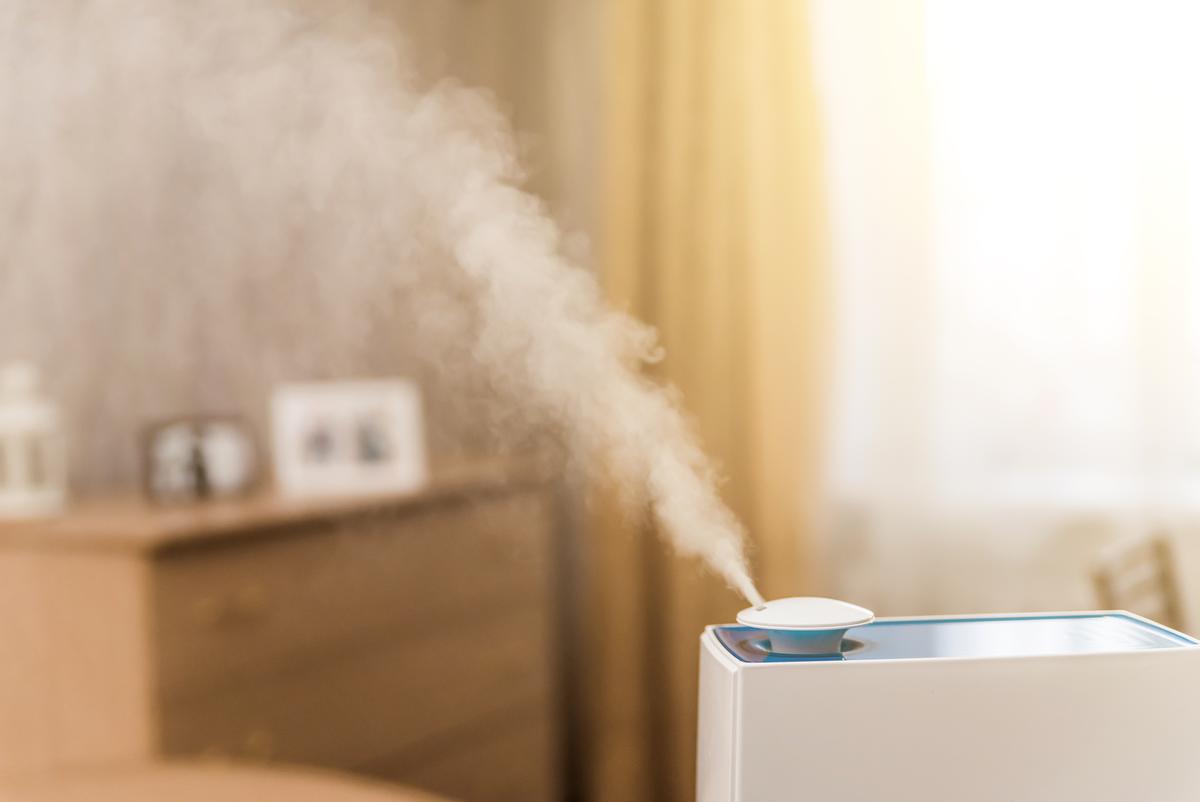
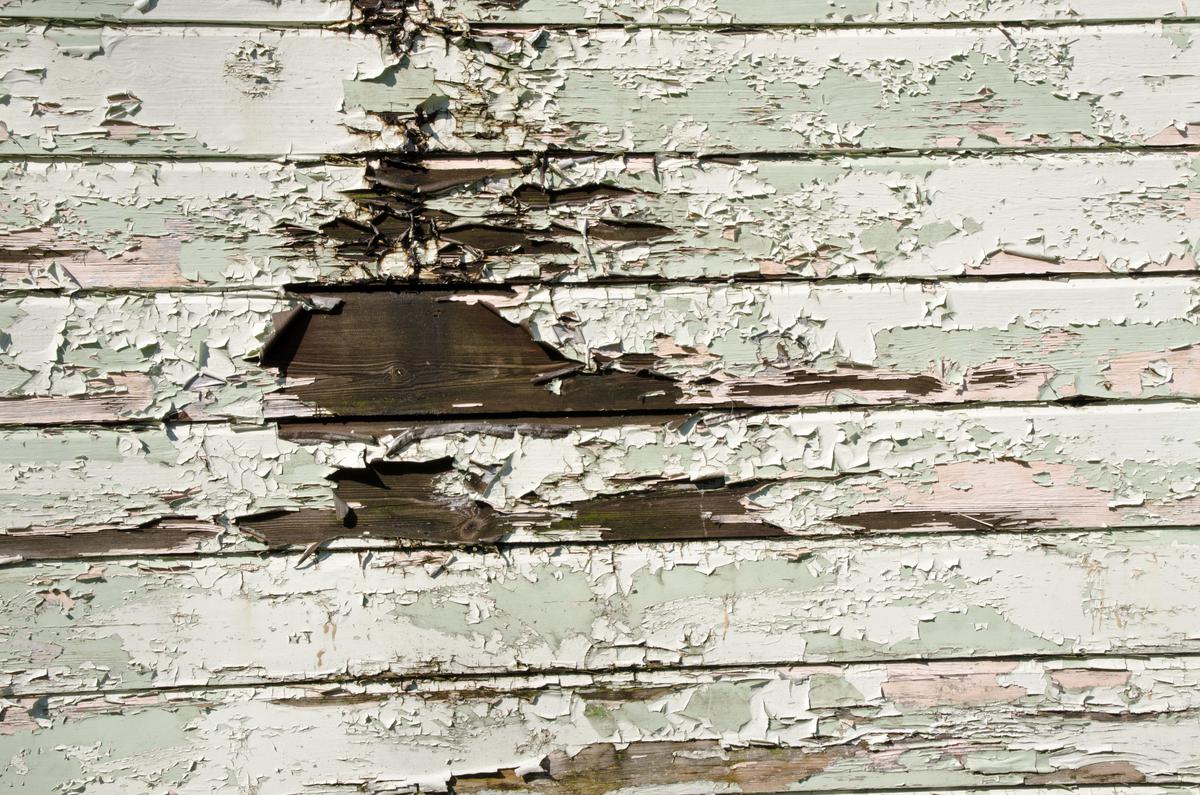
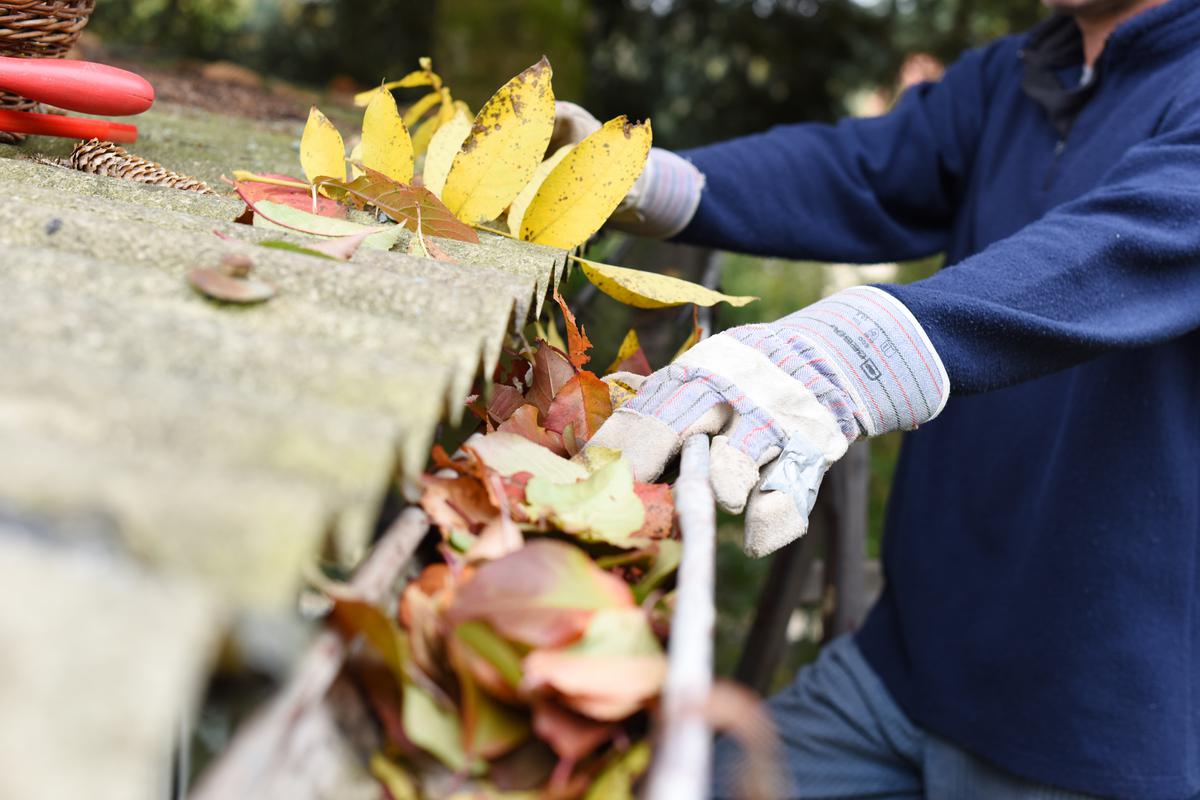



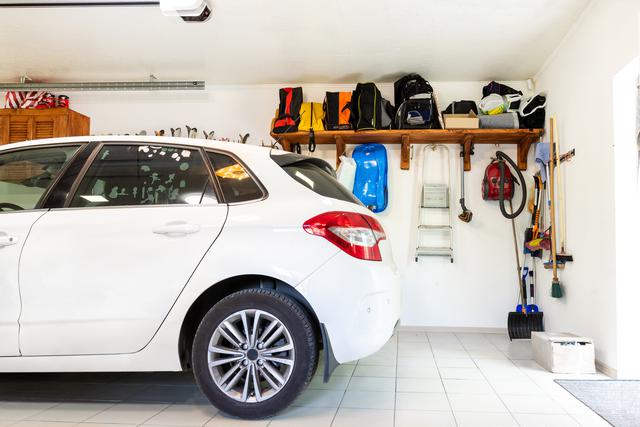
comments